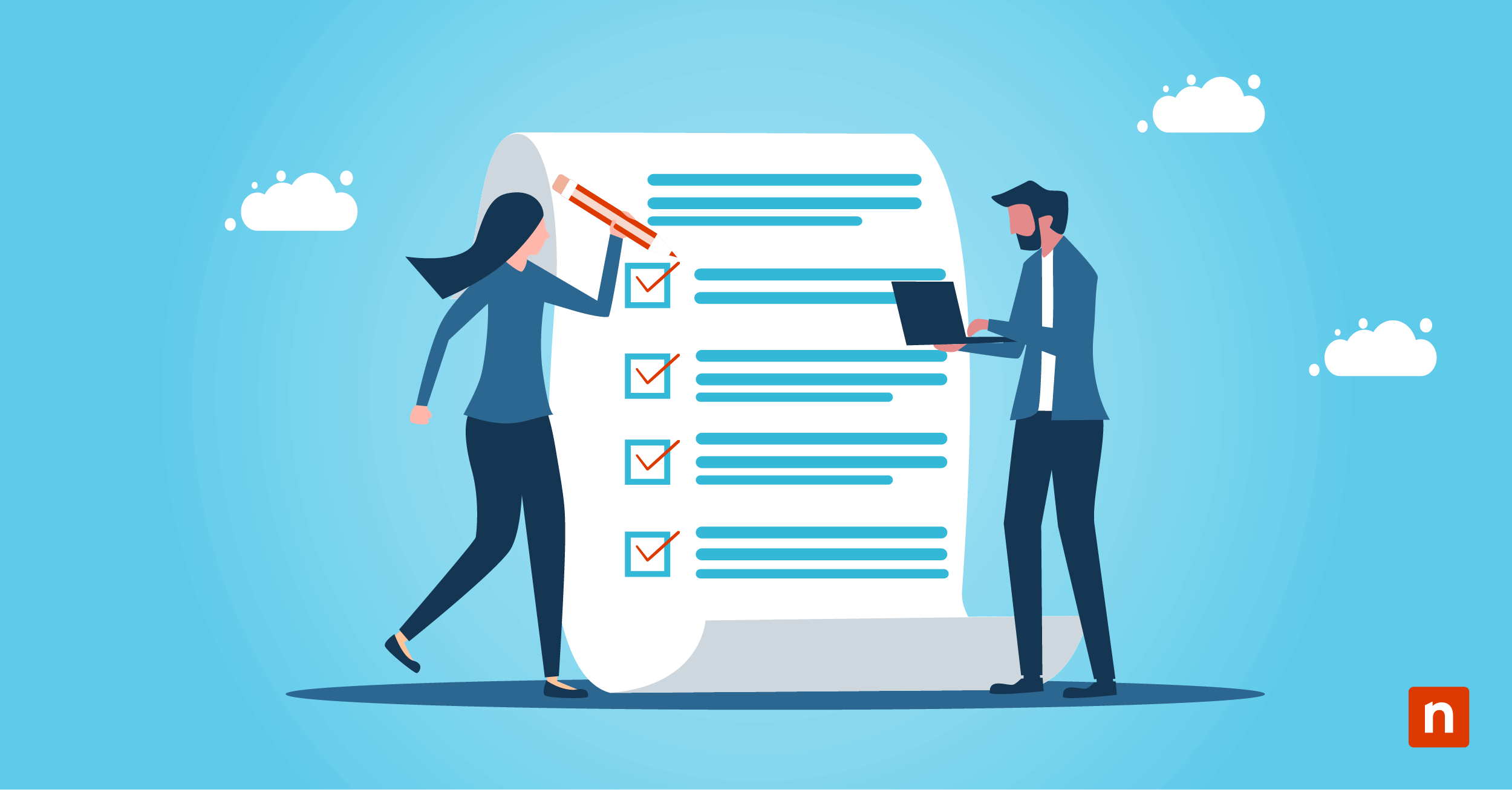✅ Key Points
- Windows 10 keyboard layouts control input language and symbol mapping—adding, removing, or changing layouts can resolve language or typing issues.
- You can manage keyboard layouts through Settings, Control Panel, Windows Registry, or PowerShell, depending on your preference and access level.
- To add or remove a keyboard layout, navigate to Settings > Time & Language > Language, then select or delete layouts under “Preferred languages.”
- Use PowerShell or Registry Editor for advanced layout management, such as removing stubborn layouts or applying changes system-wide.
- Create a custom keyboard layout using the Microsoft Keyboard Layout Creator (MSKLC) to personalize shortcuts or remap keys for multilingual or technical tasks.
- Prevent accidental layout switches by disabling input language hotkeys in Advanced keyboard settings > Input language hotkeys.
Your Windows keyboard layout determines your system’s input language by mapping specific symbols to your keys. Different tasks require different layouts. Learning how to manage them provides access to additional tools while reducing the risk of keyboard-related issues hampering your workflow.
Our guide walks you through how to add or remove keyboard layouts in Windows 10, alternative methods, and the most common user questions about the process.
With NinjaOne, you can automate PowerShell or registry‑based configurations centrally.
How to add a keyboard layout (Windows 10)
Here’s how to add a keyboard layout in Windows 10:
- Press the Windows key + I to open Settings.
- Navigate to Time & Language > Language.
- Under Preferred languages, select the language you want to modify.
- Click Options.
- Click Add a keyboard.
- Pick the keyboard layout language of your choice.
- Close your settings.
How to remove a keyboard layout (Windows 10)
Using settings
Here’s how to remove a keyboard layout via Windows 10 settings:
- Press the Windows key + I to open Settings.
- Navigate to Time & Language > Language.
- Under Preferred languages, select the Windows keyboard layout you want to modify.
- Click Remove.
- Close your settings.
Using Windows Registry
⚠️ This process requires administrator privileges and involves the deletion of registry values. Before you start, make sure to back up your registry.
Here’s how to remove unwanted keyboard layouts (Windows 10 ou 11) using the Registry editor.
- Look for your preferred layout’s Keyboard Identifier. (e.g., 00000809 [United Kingdom]).
- Press the Windows key + R to open the Run dialog.
- Type regedit and press Enter.
- Type the following directory in the address bar:
HKEY_CURRENT_USER\Keyboard Layout\Substitutes
- In the right-hand pane, under the Data column, look for the keyboard identifier of the Windows keyboard layout you want to remove. If you don’t see it, skip to step 8.
- Note the Substitute ID under the Name column.
- Right-click on the value and select Delete.
- Confirm Value Delete.
- Type the following directory in the address bar:
HKEY_CURRENT_USER\Keyboard Layout\Preload
- In the right-hand pane, look for a value with your Keyboard Identifier/Substitute ID in its Data column.
- Right-click on the value and select Delete.
- Confirm Value Delete.
- Sign out, then sign in, or restart your computer to apply changes.
Changing the default Windows keyboard layout
Here’s how to replace the default keyboard layout on your system using advanced keyboard settings:
- Press the Windows key + I to open Settings.
- Go to Time & Language > Language or search for “Type settings.”
- Scroll down and click on Advanced keyboard settings.
- Click on the drop-down menu under Override for default input method and choose your preferred language layout.
Alternative methods
Here are additional ways to configure your Windows keyboard layout.
Using the Control pPanel
Here are the steps to change your Windows keyboard layout via the Control Panel.
- Press the Windows key + R to open the Run dialog.
- Type control and hit Enter.
- Navigate to Clock and Region > Date.
- Click on Language preferences.
- Under Preferred languages, click on the language you want to modify.
- To add a layout, continue to step 7. To remove a keyboard layout, skip to step 8.
- Go to Options > Add a keyboard and pick the keyboard layout of your choice.
- Click Delete.
- Close your settings.
Using PowerShell
⚠️ This process requires administrator privileges.
Here’s how to change keyboard layouts using PowerShell’s robust command-line shell:
- Press the Windows key + S to open Windows Search.
- Search for PowerShell and run it as administrator.
- Run the following command to list all installed languages installed on your system:
Get-WinUserLanguageList
- Store the current list into a variable
$LangList = Get-WinUserLanguageList
- Modify the input method:
$LangList[0].InputMethodTips.Add(“<IMT>“)
- Replace <IMT> with the appropriate Input Method Tip (IMT) code. (e.g., 0409:00000409 = English [US], 040C:0000040C = French [France])
- Apply the new language settings.
Set-WinUserLanguageList $LangList -Force
- Close PowerShell.
✅ SEO-Optimized FAQs (Rewritten for AIOs & Snippet Targeting)
Q: Can I use different keyboard layouts for different apps in Windows 10?
Yes, Windows 10 allows you to assign different input methods to individual app windows. Go to Settings > Time & Language > Typing > Advanced keyboard settings, then check “Let me use a different input method for each app window.”
Q: How do I reset keyboard layouts in Windows 10?
To reset your keyboard layout, set your preferred language as the default and remove any others.
Steps:
- Go to Settings > Time & Language > Language
- Click your default language and use the arrow icon to move it to the top
Remove any unwanted languages - Restart your system to apply changes
Q: Why does my keyboard layout keep changing automatically?
This usually happens due to keyboard shortcut conflicts for input language switching.
To fix it:
- Go to Settings > Typing > Advanced keyboard settings > Input language hotkeys
- Click Change Key Sequence…
- Set both options to “Not Assigned” and click OK
Q: Can I remove keyboard layouts using PowerShell or the Registry?
Yes, advanced users can use PowerShell scripts or modify Registry keys to remove keyboard layouts that don’t appear in Settings. Always back up your registry before making changes. Common registry paths:
- HKEY_CURRENT_USER\Keyboard Layout\Preload
- HKEY_CURRENT_USER\Keyboard Layout\Substitutes
Q: How to add a custom keyboard layout to Windows 10?
A: Modify existing keyboard layouts or build a fully custom setup using the official Microsoft Keyboard Layout Creator (MSKLC). Here’s how:
- Install the MSKLC tool.
- Launch the app.
- Click on File > Load Existing Keyboard.
- Select which keys, shortcuts, and functions you’d like to change.
- Save your layout by clicking on File > Save Source File.
- Click on Project > Build DLL and Setup Package to create a downloadable build. Make a note of where you save the setup.exe file.
- Run the setup.exe file and install it.
- Navigate to Settings > Time & Language > Language & Region.
- Click on Add a keyboard and select your custom layout from the list.
- Exit Settings.
Push scripts across your fleet instantly and verify success, all from a single dashboard.
Configure your Windows keyboard layout for increased accessibility
Learning how to set up a Windows keyboard layout lets users personalize input preferences. It also enables you to access specific layouts to improve your troubleshooting methods. You can remove, add, and reprioritize Windows keyboard layouts via Settings, but you may also utilize powerful tools like PowerShell and the Registry editor to make changes.
Choosing a default layout and removing keyboard shortcuts significantly aids in reducing accidental inputs. Custom layouts can also be tailored to suit IT needs, helping safeguard your operations by making your tools work better than intended.








